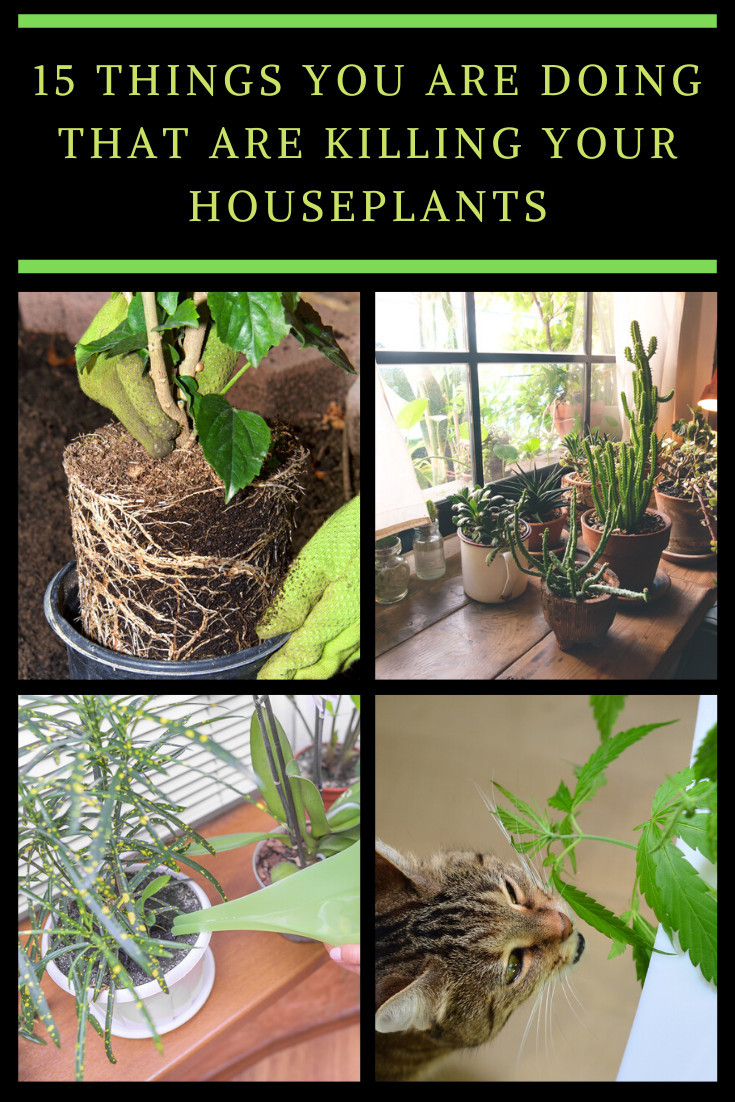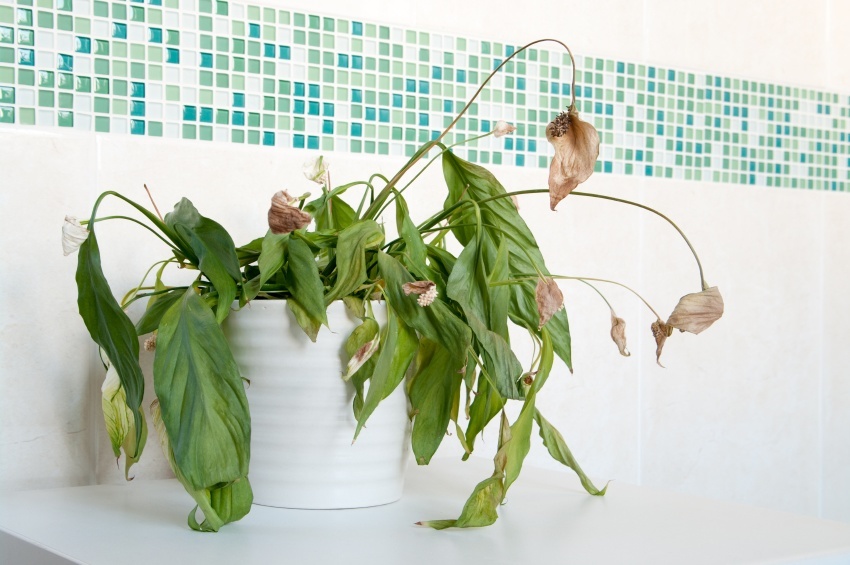
Is your trashcan or compost heap a graveyard for dead houseplants? You may even be wondering why you have been cursed with a case of the dreaded black thumb!
Well, wonder no more…chances are you’re doing at least one of the following 15 things to kill your household greenery:
1. Ignoring the Instructions
What’s the absolute best way to avoid a dead houseplant? Read and follow the care instructions of course!
These will tell you everything you need to know about your plant; its needs and preferences in terms of food, water, light and more.
You’ve read the booklet and are still stumped? Consider if you are doing (or not doing!) any of the below.
2. Overwatering
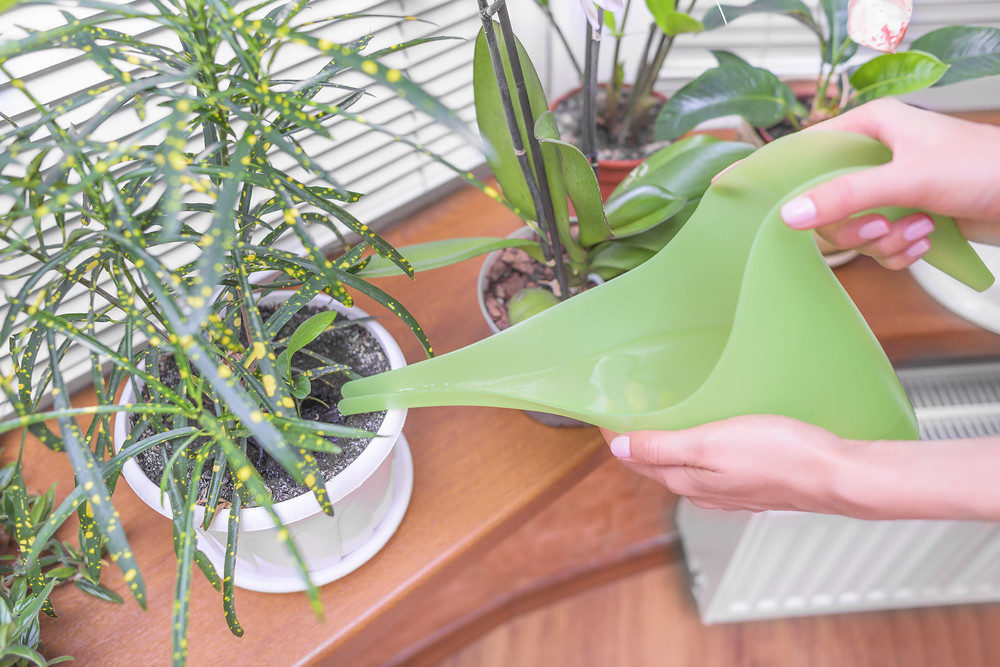
Ask any gardening expert or florist what the number one killer of houseplants is, and they will tell you it’s overwatering!
With many species of plants, there can be a fine line between overwatering and under-watering, which is why it’s so difficult to gauge the precise needs of your houseplants.
Excessive watering causes death as it cuts off air supply to the roots of the plant, washes away vital nutrients, creates the perfect environment for fungus and mold, and leads to root rot.
Common signs of overwatering include wilting or yellow leaves, soggy soil, a heavy pot, loose bark and mold on the soil.
Generally speaking, you can avoid overwatering by allowing the soil to dry to the touch in between waterings.
You can also insert a finger into the soil up to the second knuckle or test the bottom of the soil through a drainage hole to see how moist it really is.
3. Under-watering
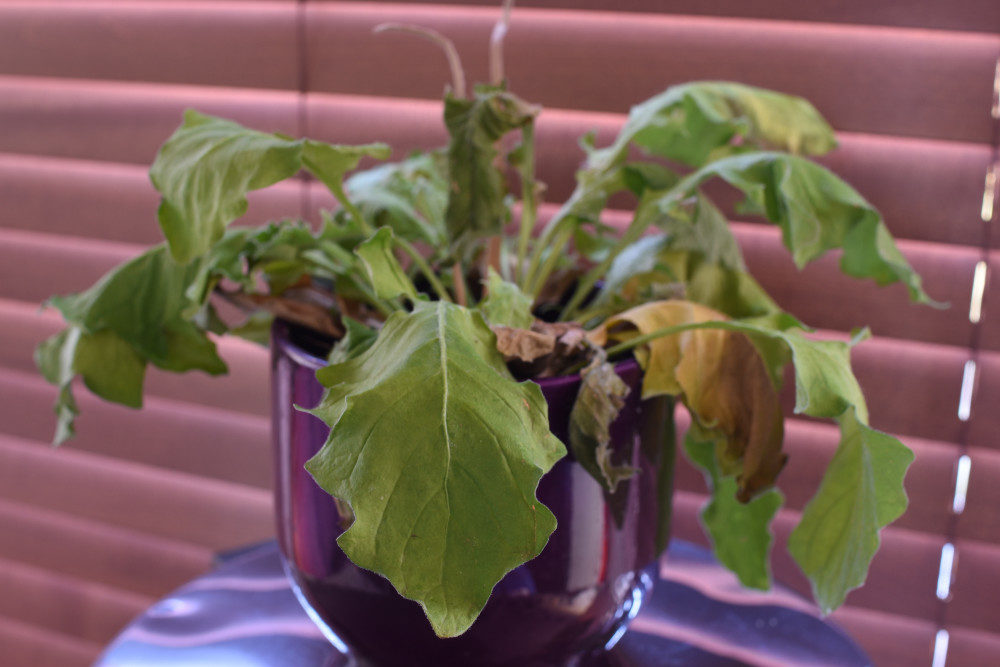
To complicate matters, under-watering is just as harmful to your plant as overwatering!
Plants that aren’t getting enough water will look droopy or wilted and may have yellowing or dried leaves toward the bottom. This occurs because the clever plants attempt to conserve what little water they have for the stalk and roots while neglecting the leaves.
You may also see some root protruding through the cracked, dry soil showing how parched the plants really are!
Avoiding under-watering is simple – learn each plant’s watering needs, stick to a schedule, test the soil and arrange for someone to look after them when you’re out of town.
4. Not Enough Root Space
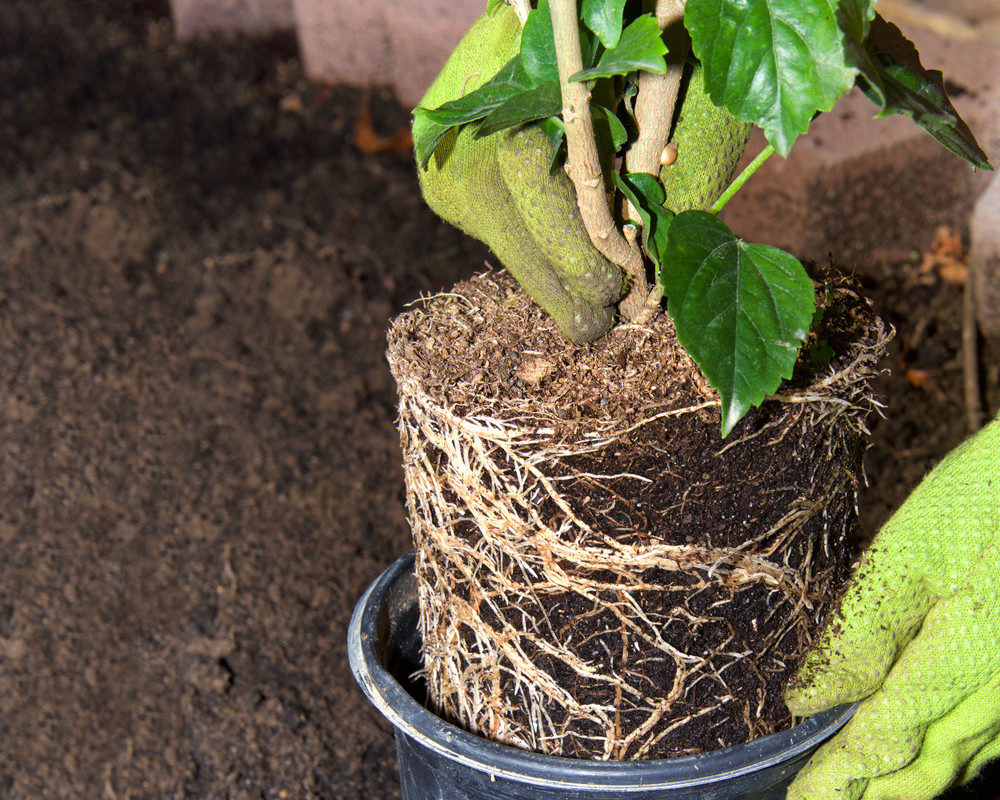
Just like kids, plants go through growth spurts. Once they have grown too big for their current pot, this leads them to become ‘pot-bound’ or ‘root-bound’.
As the roots curl around and twist in on themselves, the plant health is compromised.
Signs that a plant has outgrown its current container include:
- Roots poking out of the bottom of the pot
- There are more roots than soil when you ease the plant out of its container
- Straggly, pale plants that have stopped growing
- Water runs immediately out the bottom without soaking into the soil
- Top heavy plants that keep falling over
When gently repotting your plant, ensure you loosen and remove as much of the old soil as you can from in between the main roots.
You should also prune off any damaged roots and try to carefully tease apart tightly bound roots so they will be encouraged to spread in their new pot.
5. Using the Wrong Soil
Just as outdoor plants need a specific type of soil, so too do indoor ones.
Make sure that the soil you use is suitable for your houseplant. A general indoor potting soil will usually suffice for most plants, although some – like orchids and cactus – need special mixes.
6. Providing the Wrong Light Levels
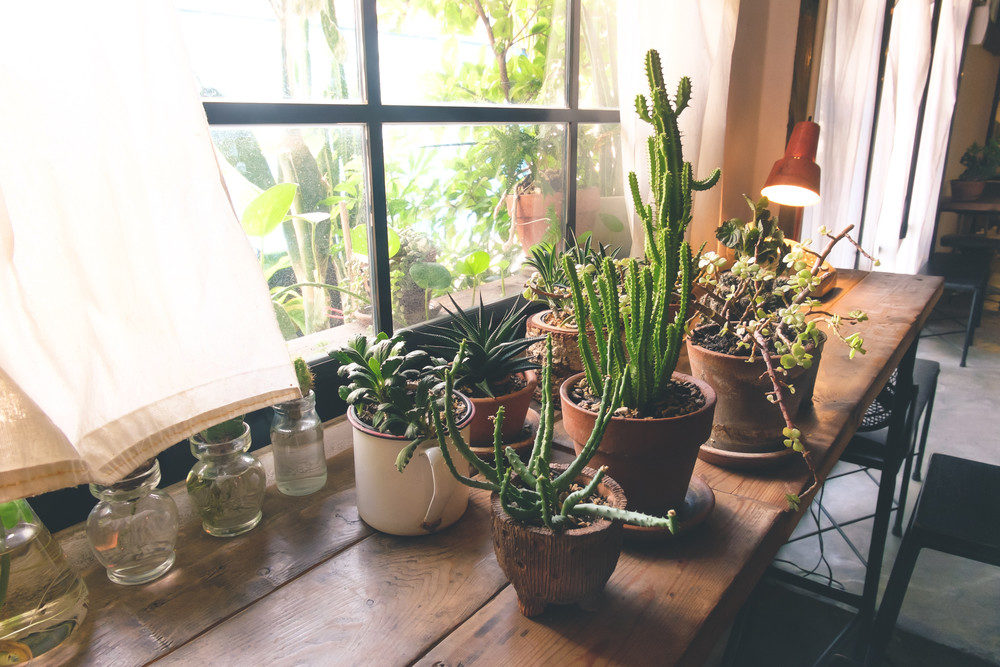
When it comes to plant care, mimicking the natural environment insofar as possible is usually one of the best ways to ensure plant survival.
This is especially true when it comes to light levels.
For example, plants that usually thrive in the desert – like succulents – will be used to full sun and so that is what you should provide.
Ferns tend to grow on the forest floor, and so are accustomed to low light levels.
If leaves begin to curl under, brown around the edges, or the new leaves are smaller than the old ones, then your plant may be getting too much light.
Move it away from the window or filter the light through a curtain.
On the other hand, you may need to move your plant closer to a light source if it is beginning to look spindly, the stems grow abnormally long, the leaves lack color and are undersized, or leaves start falling off.
7. Exposure to Extreme Temperatures
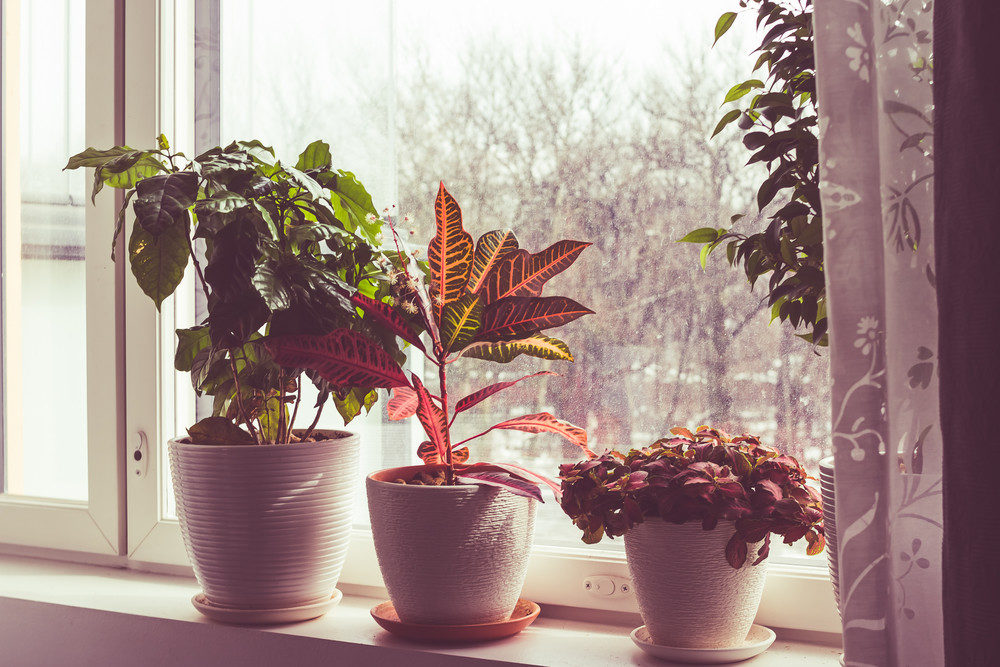
Most plants grown in homes and offices thrive at between 60 and 75 degrees F.
While outdoor temperatures can rise above 75 F without damaging the plant, this isn’t usually the case for indoor plants, when air humidity and sunlight won’t be in line with natural outdoor conditions.
Temperatures that are too low damage growth and cause plant death, especially when they are also being overwatered!
Maintain a moderate temperature year round and your plants should thrive. If you are taking an extended vacation, when a lack of heating or air conditioning might be an issue, consider bringing them to a friend’s house.
8. Providing the Wrong Humidity Levels
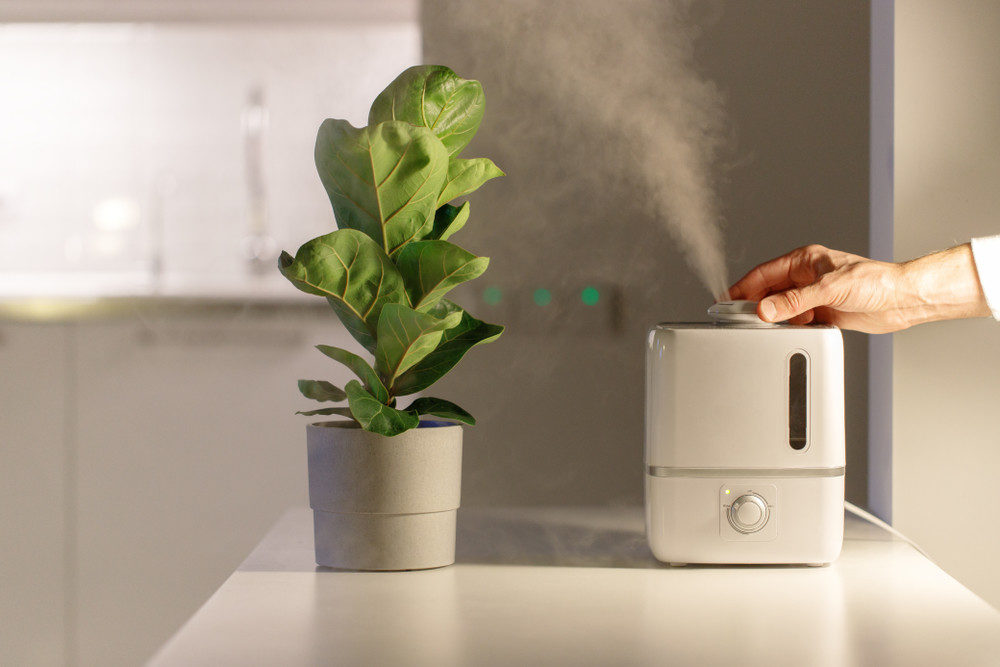
Most, but not all, houseplants need humid air to thrive – usually between 50% and 60% – yet the humidity level in the average home is often far below this.
Plants require such high levels of humidity because the pores through which they breathe lose most of their moisture when the surrounding air is dry, and they can’t always replace this through the root.
In general, the thinner the leaf, the greater its need for humidity. Thick, leathery, waxy or hairy leaves can survive on lower levels.
If the leaf edges are crinkly and brown, the tips of new leaves dry up, or flower buds brown and fall off, then you need to crank up the humidifier or try one of these ways to naturally humidify your home.
You can also move the plants to the kitchen or bathroom, or increase the humidity around the plants by standing the pots on a bed of moist gravel.
9. Not Using the Right Amount of Fertilizer
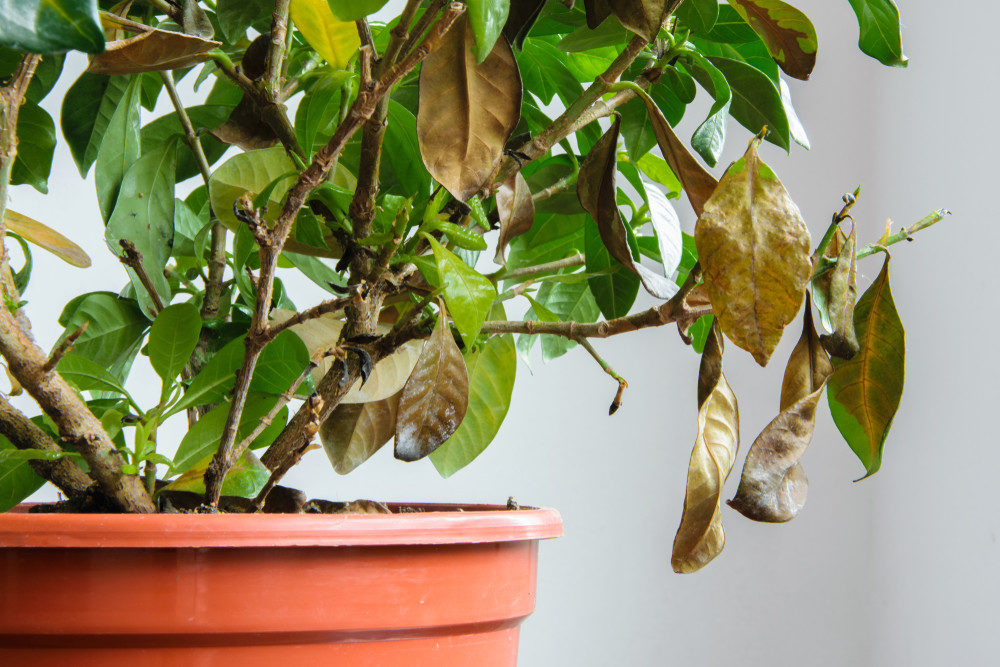
Plants require three major nutrients to grow and be healthy – nitrogen, phosphorus and potassium.
If your plants aren’t being fertilized regularly, you may notice the lower leaves lose color and drop off, the new leaves are progressively smaller than older ones, and the stems are stunted.
Make sure to use a balanced houseplant food regularly and you will see your greenery thrive.
However, too much fertilizer can also do a lot of damage. An over-fertilized plant may wilt even when watered, the leaves may get soft, or the leaf tips might brown.
Plants that grow rapidly with lots of foliage but have few (if any) flowers may also be getting too much fertilizer.
10. Sunburn
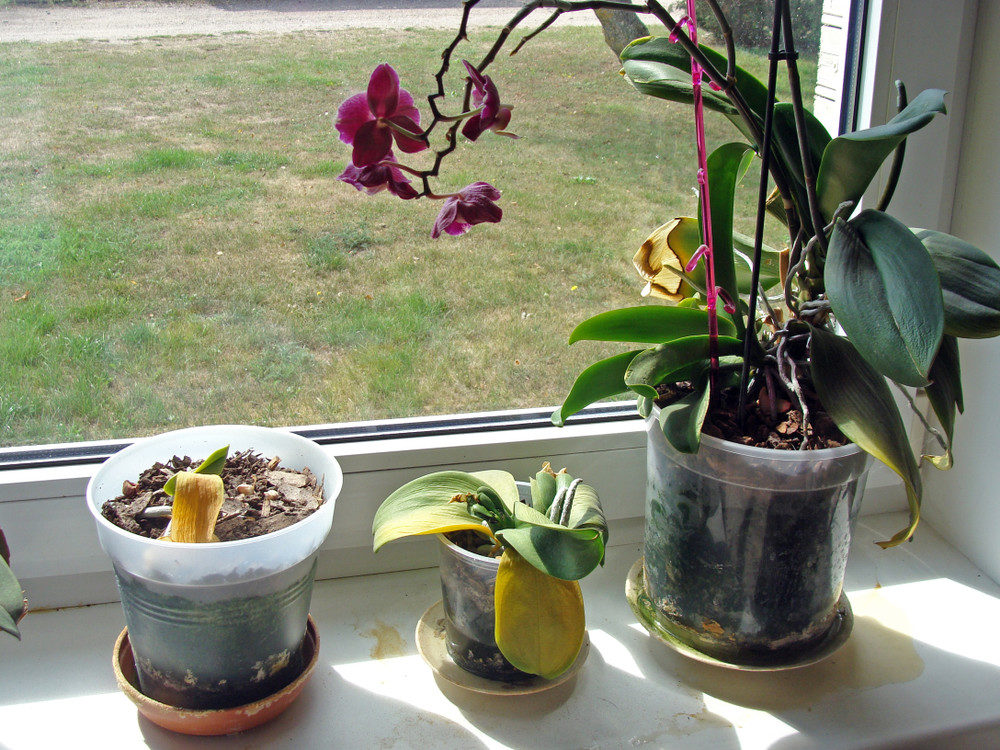
Also known as leaf scald, sunburned plants can suffer irreparable damage and will eventually die unless you rescue them.
Leaf scald is caused by too much direct sunlight on the plant. You will notice the leaves turn brown at the tips, or they may turn white and drop off.
Plants that are moved outdoors on sunny days for a little extra sunshine, or plants suddenly moved from shady to sunny locations within the home, are particularly susceptible.
To save an already scorched plant, move it to a shadier location. Reduce watering if the plant has suffered leaf loss, gradually increasing as new leaves begin to develop (check out the tips on under- and overwatering above).
You should also reduce fertilizer after leaf loss, increasing as re-growth occurs.
11. Neglecting to Groom Them
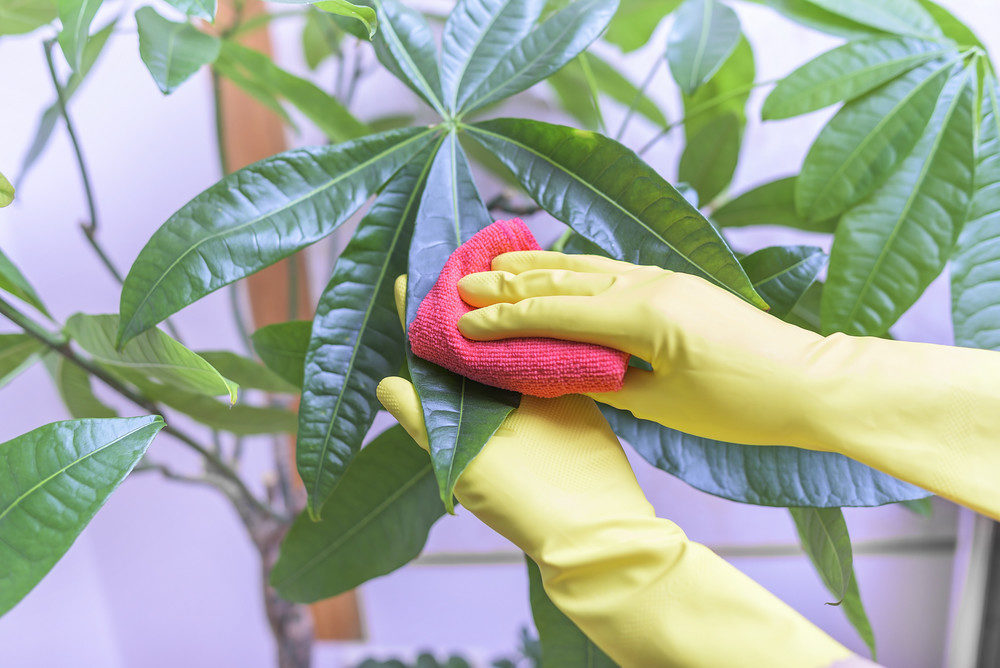
Pruning or pinching your house plants helps to keep them looking full and healthy while discouraging pests and diseases.
Cut or pinch off any dead stems or branches as they attract fungus.
Likewise, remove brown or yellow leaves which can decay leading to disease and pest infestations that can ultimately kill the plant, or even spread to other houseplants.
Another way to groom your plants is to gently wipe their leaves regularly with a damp cloth. This removes dust helping the leaves get the light exposure it needs to grow.
Dusting also removes insects, helping to avoid pest problems and reduces allergens in your home.
12. Frequent Relocation
Plants work hard to adapt to their surroundings, so every time you move them to another location you cause them to become stressed as they need to readjust all over again.
If your plant is thriving in a particular area based on temperature, lighting and humidity levels, then moving it may be detrimental to its health.
Once you find a place where your plant is happy, try to leave it there.
13. Ignoring Pests
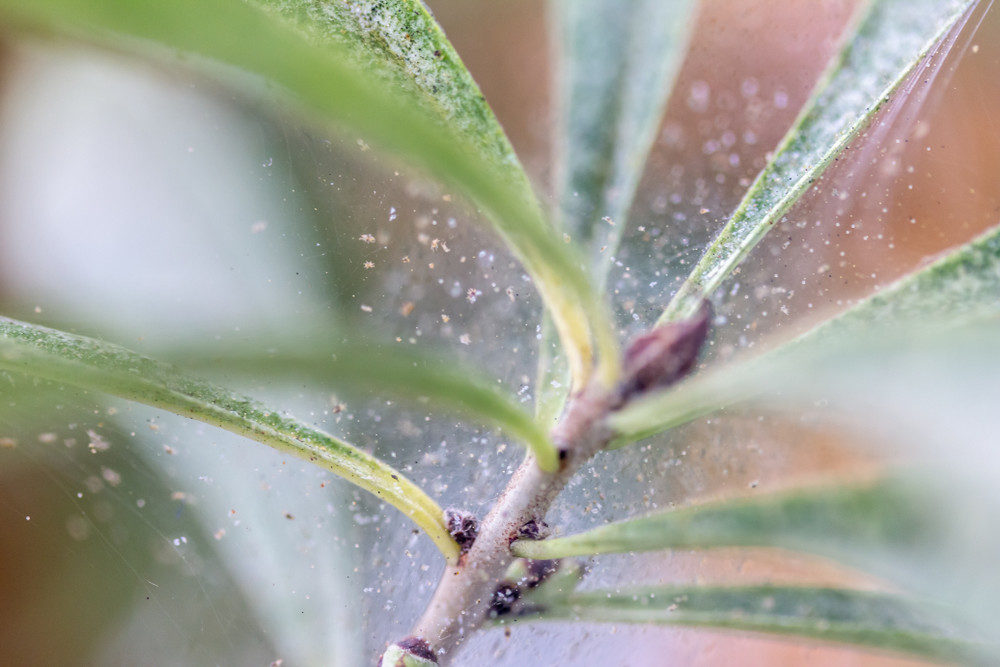
Several insects and other pests feed on houseplants, which will eventually weaken and kill the plant.
Some of the most common and problematic pests are:
- Aphids – they suck sap from the plant and can cause new growth to be stunted and distorted. If you think aphids are attacking your houseplants, try these natural ways to get rid of aphids.
- Spider mites – almost impossible to see, these mites usually attack new leaves and buds. Affected plants will lose their green color and appear bronzed or washed out.
- Mealybugs – resembling white tufts of cotton, these insects draw sap out of the plant.
- Scale insects – oval creatures which resemble small brown limpets. They suck the plant juices, stunting growth.
- Soil insects – live in the soil and come out during watering. They are not so harmful, although large populations can cause wilting and poor plant growth.
- Thrips – very small brown, slender insects who drink the plant’s juices, causing the leaf to become distorted with noticeable scarring.
- Powdery mildew – a common fungal infection that affects a huge variety of plants. Learn more about preventing and treating powdery mildew
While it may be tempting to zap these creatures with a chemical pesticide, they contain ingredients which are detrimental to the health of both humans and plants.
Instead, consider using a natural and homemade pesticide, such as an insecticidal soap.
When it comes to mealybugs and scale insects, touching each one with a Q-tip dipped in alcohol is a sure-fire way to eliminate them.
14. Letting Your Pets at Them
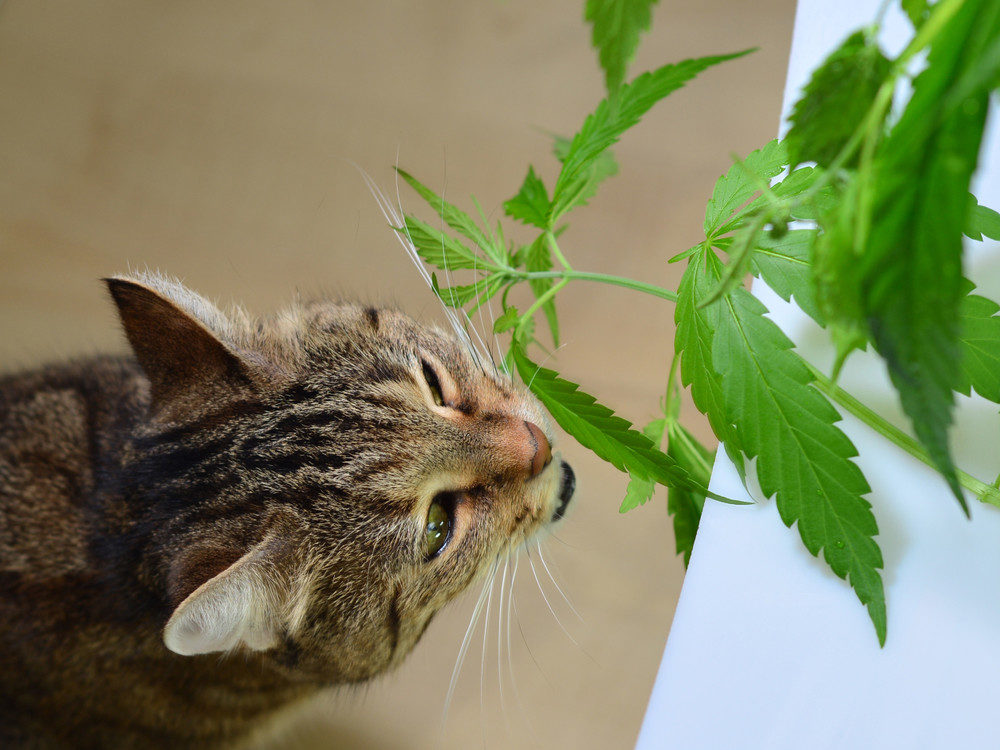
Perhaps you are being too harsh on yourself when it comes to your dead houseplants…your four-legged family members may be the ones at fault!
Cats and dogs alike enjoy chewing on leaves, uprooting potted soil and, if they can manage it, doing their business among fresh earth!
All of this can seriously compromise plant health. Of course, it can be a two-way street – so many plants are toxic to both dogs and cats so pet owners should be extremely cautious and do their research before bringing a plant into their home.
If your pet has taken a shine to one of your non-toxic plants, try to place the plant in an inaccessible location.
As this is more difficult when it comes to cats, one possible remedy is to place a sheet of tin foil underneath your plant that extends six inches at each side.
As cats hate tin foil, they will have no choice but to leave your plant alone.
If digging or urinating in the plant soil is your main problem, put tin foil over the soil or add loose pebbles or pine cones to the pot.
15. Giving Up Too Soon
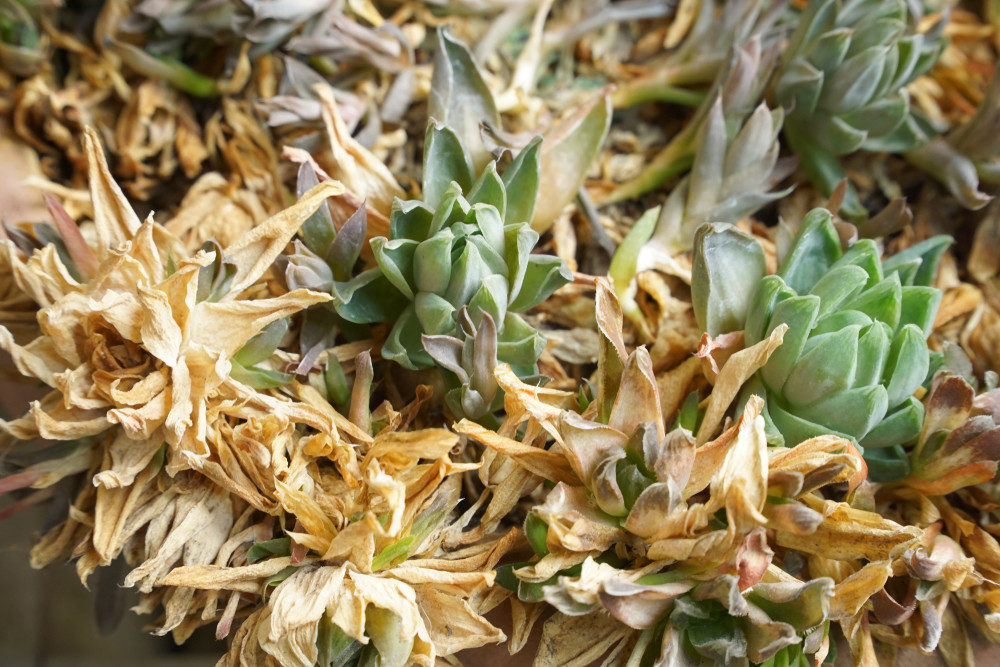
Everyone goes through bad patches, and plants are no exception. Even if they have suffered the ill-effects of overwatering, been sunburned or suffered an attack of aphids, give your plant a chance to come out the other side before relegating it to the landfill.
Plants have an impressive capacity to re-grow after trauma. By providing a little TLC (and avoiding the common mistakes listed above) you may be able to nurture your houseplant back to its former glory.
You should also keep in mind that some plants go dormant seasonally – including poinsettias, amaryllises and cyclamens.
Once left alone, these plants can suddenly come to life again!
Read Next: 22 Practically Immortal Houseplants Even You Can’t Kill
Pin This To Save For Later
